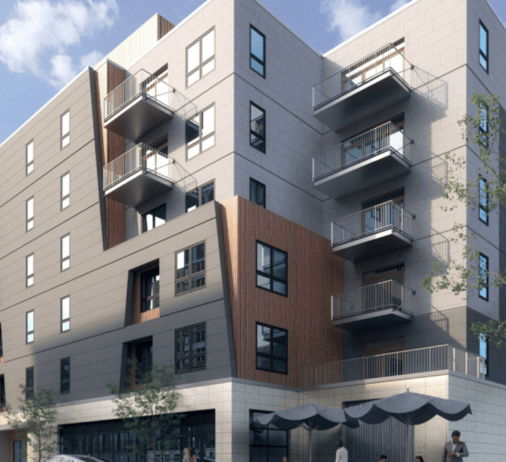What do Fannie and Freddie actually do?
With all the news coverage centered around the government takeover of Fannie Mae and Freddie Mac in the past few days, I haven't seen much information published about what they actually do. Since I think that is probably a question on many people's minds, I thought I might give it a crack....
By way of introduction, Fannie and Freddie are both government sponsored entities (GSE), which simply means that although they are private companies with shareholders, profits (or more recently, losses), and a typical corporate structure, they have special "privileges" from the government. They pay no taxes, they are required to hold much less capital in reserve than other financial institutions (we'll come back to this in a moment), and it is widely assumed and now basically proven (though never explicitly stated) that the government would come to their rescue if they were ever in danger of default.
Fannie Mae (Federal National Mortgage Association, FNMA) was created in 1938 and Freddie Mac (Federal Home Loan Mortgage Corporation, FHLMC) was chartered in 1970 to provide some competition to Fannie Mae, which had just been privatized in 1968. But both serve the same vital purpose: to provide liquidity to the home mortgage market by buying loans originated by consumer banks, which enables those banks to make even more loans to homeowners throughout the country. So, for example, if you take out a mortgage loan from, say Bank of America, then there is a good chance Bank of America will turn around and sell your loan to Freddie or Fannie, and in turn use that new capital to make another loan to some other homebuyer down the street.
Fannie and Freddie dominate the so called "secondary mortgage market", which is just the market for banks to sell their home loans to other banks and investors (like Fannie and Freddie). Together they own nearly $6 trillion (with a "T"!) worth of home loans, more than 1/2 of all US loans. However, federal regulations limit the loans that Freddie and Fannie can buy. They can only buy so called "conforming loans", those less risky loans that are under a legal maximum limit with enough down payment and fully documented income to fit into "conforming" status. Fannie and Freddie are not allowed to buy "sub-prime" mortgages at all. Sub-prime loans are sold on the secondary market as well (or more accurately, were sold until the market dried up) to other investors and financial institutions.
The sub-prime loans were hit first and hardest in terms of defaults which has caused crisis throughout the financial industry. The secondary market for sub-prime loans has completely dried up, which now makes it much more difficult and expensive (much higher rate) to get a loan that is not within the conforming limits.
Even though Fannie and Freddie are in the business of less risky loans, the magnitude of the housing market decline has led to an increase in the default rate of conforming loans. That default rate is much lower that that of sub-prime loans, but since Fannie and Freddie have a much lower capital reserve requirement than other banks, even a small increase in the rate of default has severely stretched their financial reserve. Confidence in their financial stability was seriously eroded and the government had no choice but to step in and place them in conservatorship (to be run by the government) to prevent a huge financial disaster in which entire home mortgage market could have collapsed. Bad news indeed.
Once again in this ongoing financial crisis - taxpayers to the rescue..... At least the bonus in the short term is lower mortgage rates since the government is now explicitly backing all Fannie and Freddie debt, taking some of the risk for investors out of the system, and providing stability to the financial markets.
